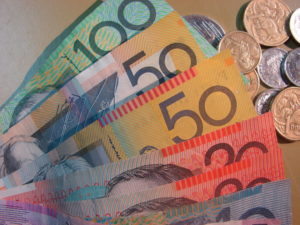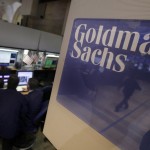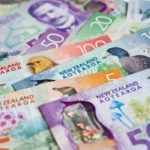 Australian dollar retreated to fresh 3.5-year lows against its US rival during Fridays US session, as industrial activity in the United States expanded and housing starts remained steady in December.
Australian dollar retreated to fresh 3.5-year lows against its US rival during Fridays US session, as industrial activity in the United States expanded and housing starts remained steady in December.
AUD/USD touched a session low at 0.8764 at 17:50 GMT, also the pairs lowest point since July 22nd 2010, after which it closed at 0.8780 on Friday, falling 0.46% for the day. Support was likely to be received at July 22nd 2010 low, 0.8738, while resistance was to be met at Fridays session high, 0.8828.
Housing starts in the United States maintained a steady pace in December, which supported the view that nations housing market may be able to withstand a possible moderate raise in interest rates. Housing starts decreased 9.8% in December to the annualized 0.999 million sites, which considerably exceeded numbers reported last summer and also preliminary estimates, which pointed to an increase to 0.990 million sites. Housing starts in November have been revised up to 1.107 million sites, or the highest number in five years, from 1.091 million previously.
Building permits, an indicator for future construction activity in the country, dropped 3.0% to the annualized 0.986 million units in December from the revised up 1.017 million units in November (1.007 million units previously). This data suggested, that despite improving housing market conditions in 2013, constructors probably remained cautious.
At the same time, industrial production in the United States rose 0.3% in December on a monthly basis, in line with expectations, supported by overall recovery in manufacturing and mining sectors. On annual basis, industrial output expanded 3.7% in December, or 0.9% higher than the peak registered before recession. Novembers result has been revised down to a 1.0% increase from 1.1% gain previously. In October and September, however, nations industrial production has been moderately revised up.
On the other hand, US dollar pared its advance against major peers on Friday, after a survey by the University of Michigan and Thomson Reuters showed that US consumers lost a bit of their optimism in early January, as households with low and medium income trimmed their financial expectations. The preliminary reading of the corresponding index of consumer confidence slowed down to 80.4 in January from a final reading of 82.5 in late December. Experts had projected that the index will demonstrate an advance to 83.5 during the current month.
“Michigan has been weaker than expected, but the market hasn’t really reacted — it doesn’t change the overall picture,” Charles St-Arnaud, Canadian economist and foreign-exchange strategist at Nomura Securities International in New York, said in a phone interview, cited by Bloomberg. “Dollar should strengthen gradually going forward against almost every currency. It’s a very broad-based dollar strength.”
Meanwhile, Australian dollar’s largest annual decline in five years in 2013 did not prevent Reserve Bank of Australia Governor Glenn Stevens from underscoring the need for a weaker national currency. Stevens has said that the exchange rate of the Aussie was “uncomfortably high” in statements following bank’s decision on monetary policy on November 5th and December 3rd. Policy makers has maintained borrowing costs at a record low level of 2.50%, after trimming them by 2.25% since November 2011.
Traders saw a 44% probability that the RBA will cut its benchmark interest rate by the middle of this year, according to swaps data compiled by Bloomberg. On Thursday the odds of such a move were 43%.
Australian economic growth will probably expand by 2.7% during this year and by 3% in 2015, according to the median estimate of economists.
Elsewhere, the Aussie advanced against the euro during the late phase of US session, with EUR/AUD cross touching a daily low at 1.5412 at 21:10 GMT. The pair closed at 1.5420 on Friday, losing 0.13% on the day. On a weekly basis, however, EUR/AUD rose 1.47%.





